Virtual Prototyping of the Human–Robot Ecosystem for Multiphysics Simulation of Upper Limb Motion Assistance †
Abstract
1. Introduction
2. The DMS Platform
2.1. The Multiphysics Platform Architecture
2.2. The Multiphysics Model Equations
2.3. Newton–Raphson-Based Solver
2.4. MB-Based Sensors
3. The Adopted Model Elements
3.1. Bodies and Coordinates Definition
3.2. Constraints Definition
3.3. Rope/Cable Modeling
3.4. The Bio-Mechanical Muscle Element
3.5. Ropes Control Strategy
PID Tuning
4. Use Cases
4.1. Model Description
4.2. Analyzed Simulation Scenarios
- Scenario 1: the subject has to actively lift a weight of 1 kg and the exoskeleton is only used as measurement device;
- Scenario 2: as opposed to scenario 1, the exercise is now accomplished passively; no muscles intervene and the task is carried out by the exoskeleton;
- Scenario 3: assuming that the patient is subject to an impairment that reduced his/her maximum muscular activation to , subject and exoskeleton cooperate to complete the exercise and the latter mediates in case of the patient’s inability;
- Scenario 4: in this case, the patient can again reach maximum values of activation, but the exoskeleton assistance is still present, since the weight to lift is increased to 10 kg.
5. Results and Analysis
6. Conclusions
- Customize rehabilitation protocols based on patient-specific needs and impairment levels;
- Optimize exoskeleton design parameters prior to physical prototyping;
- Predict and analyze human–robot interaction forces under various loading conditions;
- Support clinical decision-making by providing quantitative biomechanical insights.
- Implementation of indirect estimation techniques for muscle activities to enable real-time adaptation of robotic assistance;
- Development of bio-cooperative control strategies that dynamically adjust to patient intention and effort;
- Integration of ontogenetic sensory feedback mechanisms to enhance patient embodiment and engagement;
- Validation of the simulation results against experimental data from human subjects;
- Extension of the model to include more complex upper limb movements and additional degrees of freedom;
- Realization of simulations suitable for patients with different age and physiognomies, making the future prototype less cumbersome and easily acceptable by the subjects;
- Optimization of coupling strength parameters between exoskeleton and upper limb to maximize the efficiency of the approach.
Author Contributions
Funding
Data Availability Statement
Conflicts of Interest
Abbreviations
| ADL | Activity of Daily Living |
| PMA | Pneumatic Muscle Actuators |
| TCAM | Twisted and Coiled Artificial Muscles |
| SMA | Shape-Memory Alloys |
| DoF | Degree of Freedom |
| DMS | Dynamics of Multi-physical Systems |
| MB | MultiBody |
| LP | Lumped Parameter |
| ODE | Ordinary Differential Equation |
| EOM | Equations Of Motion |
| DAE | Differential Algebraic Equation |
References
- Lee, S.H.; Park, G.; Cho, D.Y.; Kim, H.Y.; Lee, J.Y.; Kim, S.; Park, S.B.; Shin, J.H. Comparisons between end-effector and exoskeleton rehabilitation robots regarding upper extremity function among chronic stroke patients with moderate-to-severe upper limb impairment. Sci. Rep. 2020, 10, 1806. [Google Scholar] [CrossRef] [PubMed]
- Jamwal, P.K.; Niyetkaliyev, A.; Hussain, S.; Sharma, A.; Van Vliet, P. Utilizing the intelligence edge framework for robotic upper limb rehabilitation in home. MethodsX 2023, 11, 102312. [Google Scholar] [CrossRef] [PubMed]
- Tseng, K.C.; Wang, L.; Hsieh, C.; Wong, A.M. Portable robots for upper-limb rehabilitation after stroke: A systematic review and meta-analysis. Ann. Med. 2024, 56, 2337735. [Google Scholar] [CrossRef] [PubMed]
- Huang, M.Z.; Yoon, Y.S.; Yang, J.; Yang, C.Y.; Zhang, L.Q. In-bed sensorimotor rehabilitation in early and late subacute stroke using a wearable elbow robot: A pilot study. Front. Hum. Neurosci. 2021, 15, 669059. [Google Scholar] [CrossRef]
- Bressi, F.; Campagnola, B.; Cricenti, L.; Santacaterina, F.; Miccinilli, S.; Di Pino, G.; Fiori, F.; D’Alonzo, M.; Di Lazzaro, V.; Ricci, L.; et al. Upper limb home-based robotic rehabilitation in chronic stroke patients: A pilot study. Front. Neurorobotics 2023, 17, 1130770. [Google Scholar] [CrossRef]
- Lo, H.S.; Xie, S.Q. Exoskeleton robots for upper-limb rehabilitation: State of the art and future prospects. Med. Eng. Phys. 2012, 34, 261–268. [Google Scholar] [CrossRef]
- Pei, S.; Wang, J.; Tian, C.; Li, X.; Guo, B.; Guo, J.; Yao, Y. Assist-as-Needed Controller of a Rehabilitation Exoskeleton for Upper-Limb Natural Movements. Appl. Sci. 2025, 15, 2076–3417. [Google Scholar] [CrossRef]
- Mehrholz, J.; Pohl, M.; Platz, T.; Kugler, J.; Elsner, B. Electromechanical and robot-assisted arm training for improving activities of daily living, arm function, and arm muscle strength after stroke. Cochrane Database Syst. Rev. 2015, 2015, CD006876. [Google Scholar] [CrossRef]
- Zimmermann, Y.; Sommerhalder, M.; Wolf, P.; Riener, R.; Hutter, M. ANYexo 2.0: A fully actuated upper-limb exoskeleton for manipulation and joint-oriented training in all stages of rehabilitation. IEEE Trans. Robot. 2023, 39, 2131–2150. [Google Scholar] [CrossRef]
- Sale, P.; Franceschini, M.; Mazzoleni, S.; Palma, E.; Agosti, M.; Posteraro, F. Effects of upper limb robot-assisted therapy on motor recovery in subacute stroke patients. J. Neuroeng. Rehabil. 2014, 11, 1–8. [Google Scholar] [CrossRef]
- Simonetti, D.; Zollo, L.; Papaleo, E.; Carpino, G.; Guglielmelli, E. Multimodal adaptive interfaces for 3D robot-mediated upper limb neuro-rehabilitation: An overview of bio-cooperative systems. Robot. Auton. Syst. 2016, 85, 62–72. [Google Scholar] [CrossRef]
- Proietti, T.; Crocher, V.; Roby-Brami, A.; Jarrasse, N. Upper-limb robotic exoskeletons for neurorehabilitation: A review on control strategies. IEEE Rev. Biomed. Eng. 2016, 9, 4–14. [Google Scholar] [CrossRef] [PubMed]
- Fareh, R.; Elsabe, A.; Baziyad, M.; Kawser, T.; Brahmi, B.; Rahman, M.H. Will your next therapist be a robot?—A review of the advancements in robotic upper extremity rehabilitation. Sensors 2023, 23, 5054. [Google Scholar] [CrossRef] [PubMed]
- Garofalo, S.; Morano, C.; Perrelli, M.; Pagnotta, L.; Carbone, G.; Mundo, D.; Bruno, L. A critical review of transitioning from conventional actuators to artificial muscles in upper-limb rehabilitation devices. J. Intell. Mater. Syst. Struct. 2024, 35, 1263–1290. [Google Scholar] [CrossRef]
- Gull, M.A.; Bai, S.; Bak, T. A review on design of upper limb exoskeletons. Robotics 2020, 9, 16. [Google Scholar] [CrossRef]
- Tiboni, M.; Borboni, A.; Vérité, F.; Bregoli, C.; Amici, C. Sensors and actuation technologies in exoskeletons: A review. Sensors 2022, 22, 884. [Google Scholar] [CrossRef]
- Adduci, R.; Mundo, D. A novel indirect muscle force sensing approach tailored for biomechanical multibody systems with equality and inequality constraints. Mech. Mach. Theory 2025, 214, 106115. [Google Scholar] [CrossRef]
- Haug, E.J. Computer Aided Kinematics and Dynamics of Mechanical Systems; Allyn and Bacon: Boston, MA, USA, 1989; Volume 1. [Google Scholar]
- Vanpaemel, S.; Vermaut, M.; Desmet, W.; Naets, F. Input optimization for flexible multibody systems using the adjoint variable method and the flexible natural coordinates formulation. Multibody Syst. Dyn. 2023, 57, 259–277. [Google Scholar] [CrossRef]
- Adduci, R.; Vermaut, M.; Naets, F.; Croes, J.; Desmet, W. A discrete-time extended Kalman filter approach tailored for multibody models: State-input estimation. Sensors 2021, 21, 4495. [Google Scholar] [CrossRef]
- Gear, C.W.; Leimkuhler, B.; Gupta, G.K. Automatic integration of Euler-Lagrange equations with constraints. J. Comput. Appl. Math. 1985, 12, 77–90. [Google Scholar] [CrossRef]
- Wang, D.; Ruuth, S.J. Variable step-size implicit-explicit linear multistep methods for time-dependent partial differential equations. J. Comput. Math. 2008, 26, 838–855. [Google Scholar]
- Martín-Vaquero, J.; Vigo-Aguiar, J. Adapted BDF algorithms: Higher-order methods and their stability. J. Sci. Comput. 2007, 32, 287–313. [Google Scholar] [CrossRef]
- Risaliti, E.; Tamarozzi, T.; Vermaut, M.; Cornelis, B.; Desmet, W. Multibody model based estimation of multiple loads and strain field on a vehicle suspension system. Mech. Syst. Signal Process. 2019, 123, 1–25. [Google Scholar] [CrossRef]
- De Jalon, J.G.; Bayo, E. Kinematic and Dynamic Simulation of Multibody Systems: The Real-Time Challenge; Springer Science & Business Media: Berlin/Heidelberg, Germany, 2012. [Google Scholar]
- Hill, A.V. The mechanics of active muscle. Proc. R. Soc. Lond. Ser. B-Biol. Sci. 1953, 141, 104–117. [Google Scholar] [CrossRef]
- Thelen, D.G. Adjustment of muscle mechanics model parameters to simulate dynamic contractions in older adults. J. Biomech. Eng. 2003, 125, 70–77. [Google Scholar] [CrossRef] [PubMed]
- Mashud, G.; Hasan, S.; Alam, N. Advances in Control Techniques for Rehabilitation Exoskeleton Robots: A Systematic Review. Actuators 2025, 14, 108. [Google Scholar] [CrossRef]
- Li, Z. Review of PID control design and tuning methods. J. Phys. Conf. Ser. 2023, 2649, 012009. [Google Scholar] [CrossRef]
- Ellis, G. Chapter 6-Four Types of Controllers. In Control System Design Guide, 4th ed.; Ellis, G., Ed.; Butterworth-Heinemann: Boston, MA, USA, 2012; pp. 97–119. [Google Scholar] [CrossRef]
- Bardi, E.; Gandolla, M.; Braghin, F.; Resta, F.; Pedrocchi, A.L.; Ambrosini, E. Upper limb soft robotic wearable devices: A systematic review. J. Neuroeng. Rehabil. 2022, 19, 1–17. [Google Scholar] [CrossRef]
- Perrelli, M.; Lago, F.; Garofalo, S.; Bruno, L.; Mundo, D.; Carbone, G. A critical review and systematic design approach for innovative upper-limb rehabilitation devices. Robot. Auton. Syst. 2025, 183, 104835. [Google Scholar] [CrossRef]
- Bessler-Etten, J.; Schaake, L.; Buurke, J.H.; Prange-Lasonder, G.B. Investigating change of discomfort during repetitive force exertion though an exoskeleton cuff. Appl. Ergon. 2024, 115, 104055. [Google Scholar] [CrossRef]
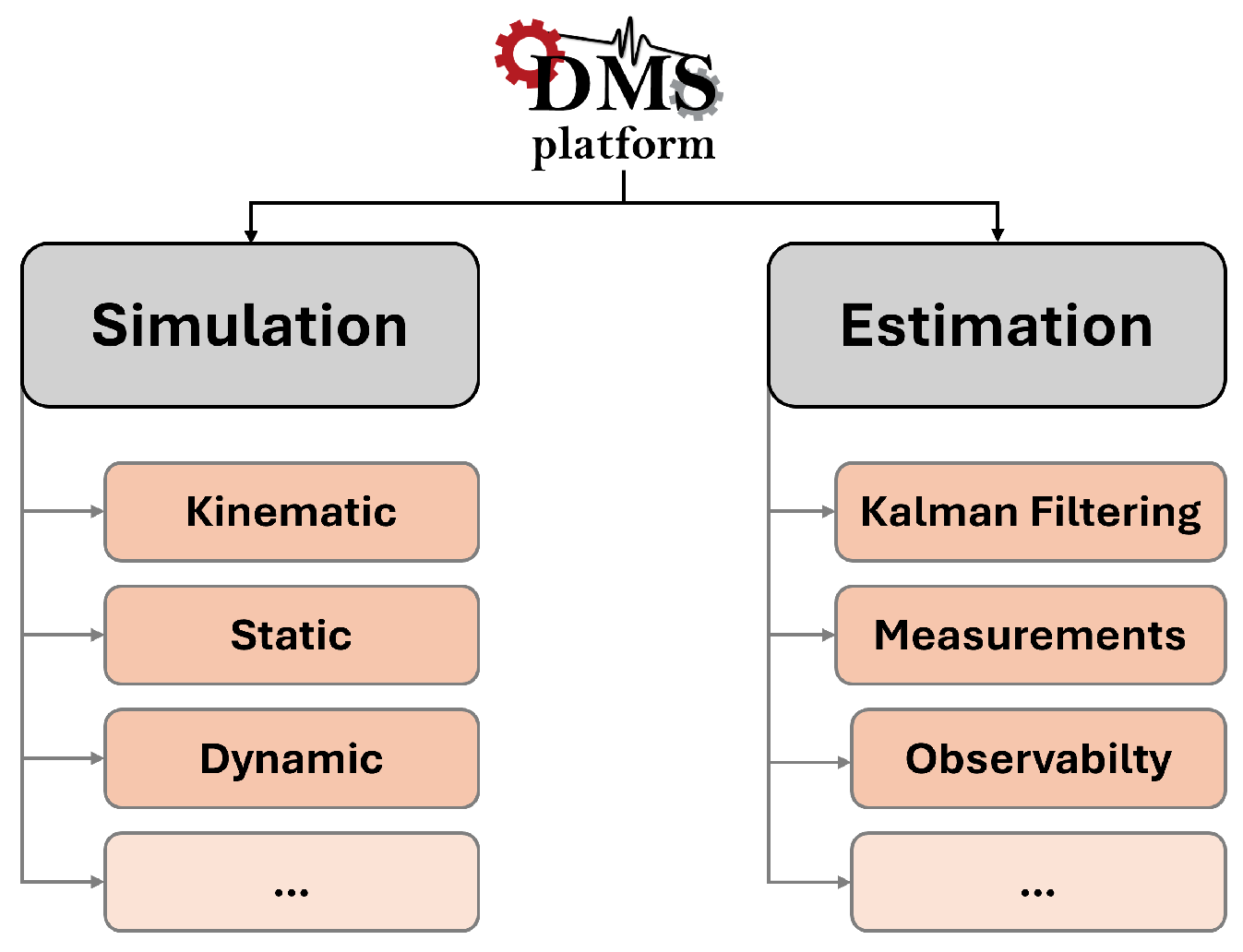


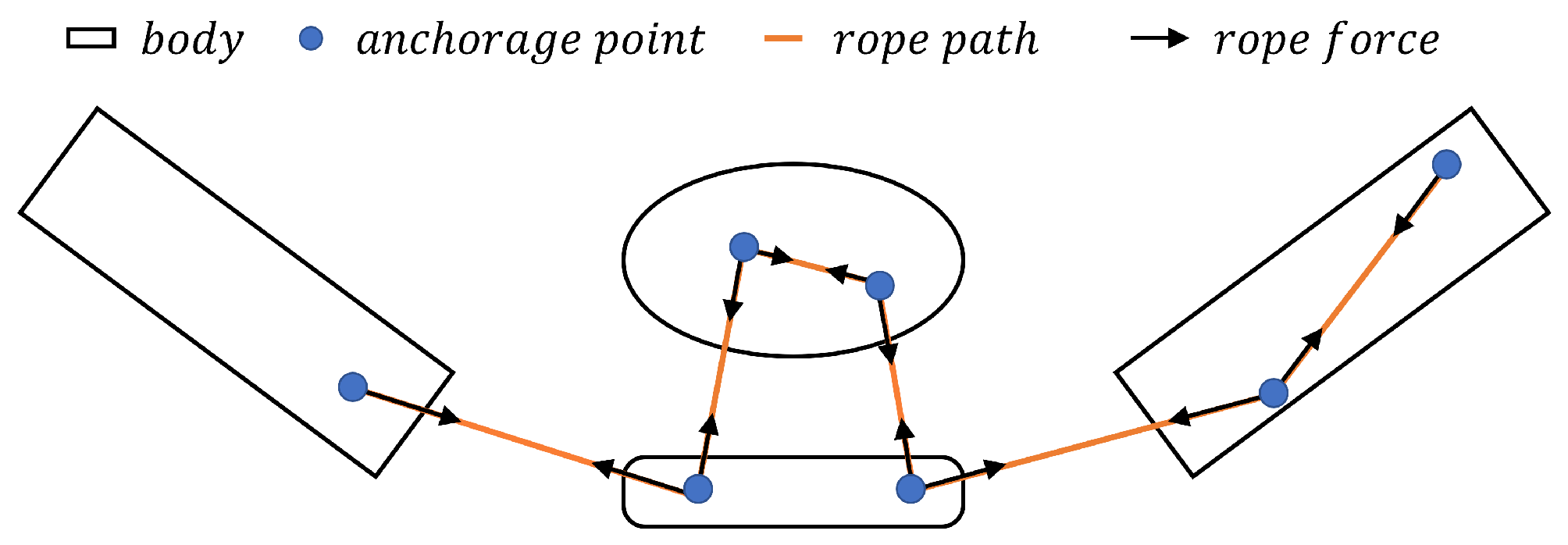
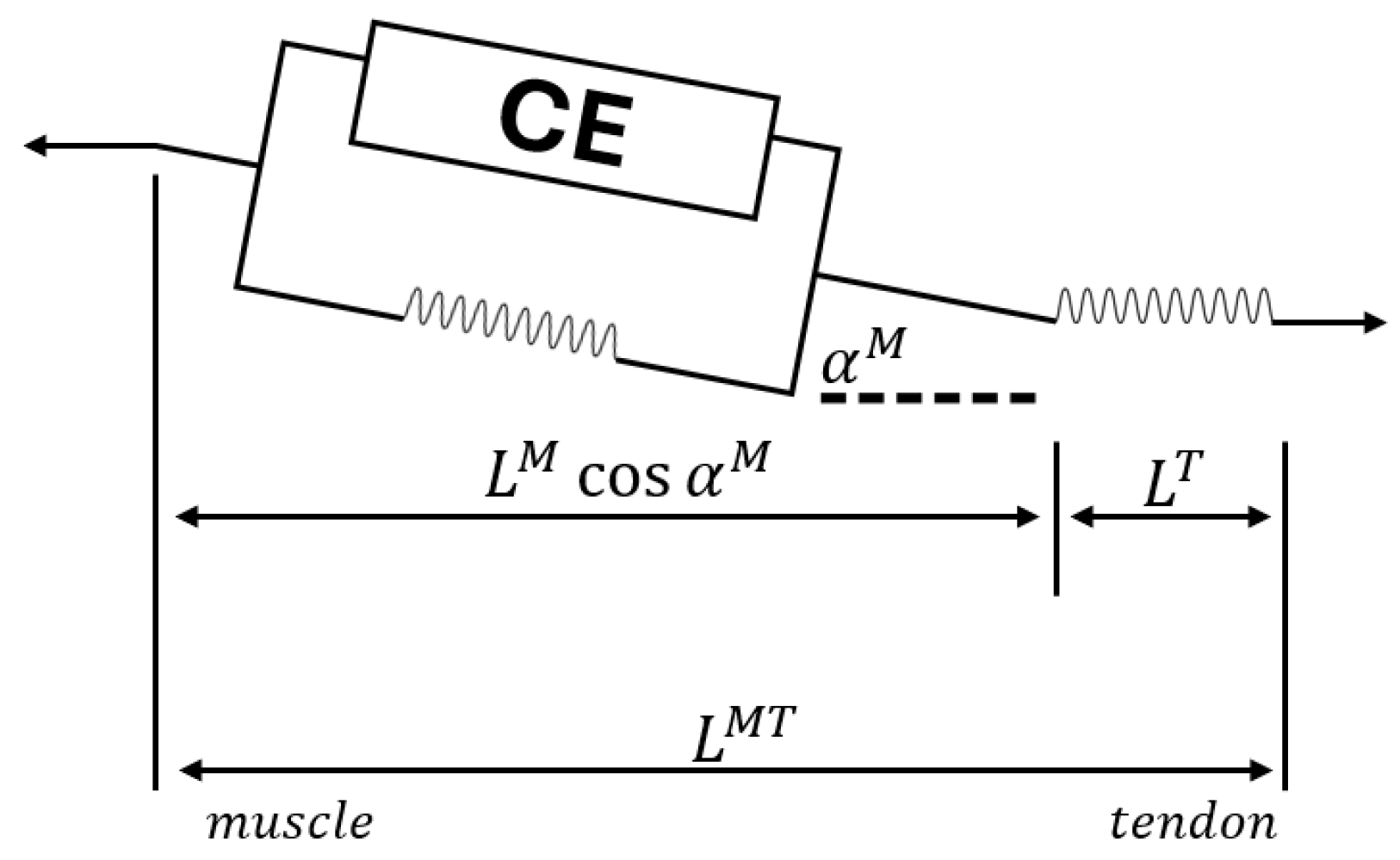
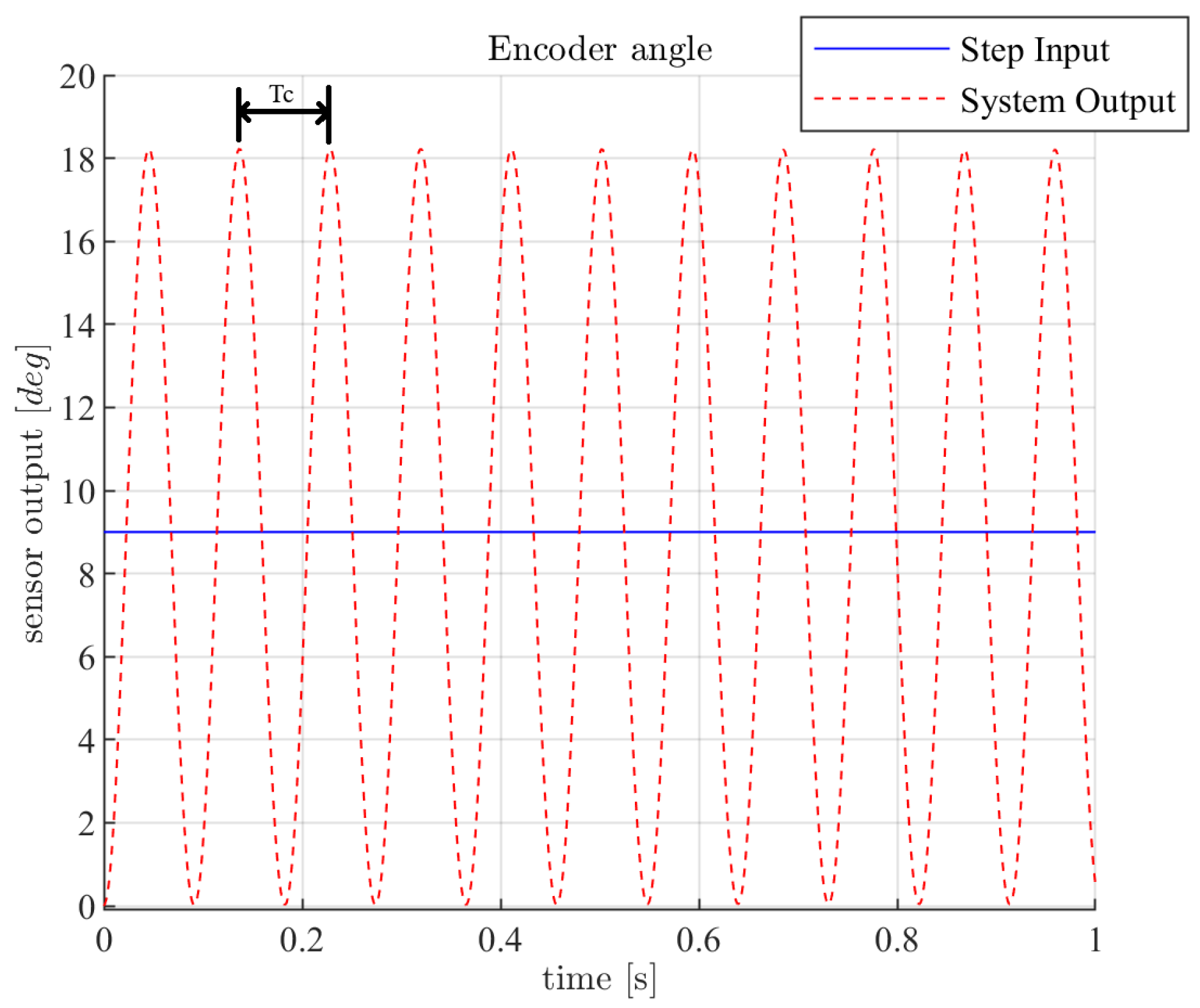
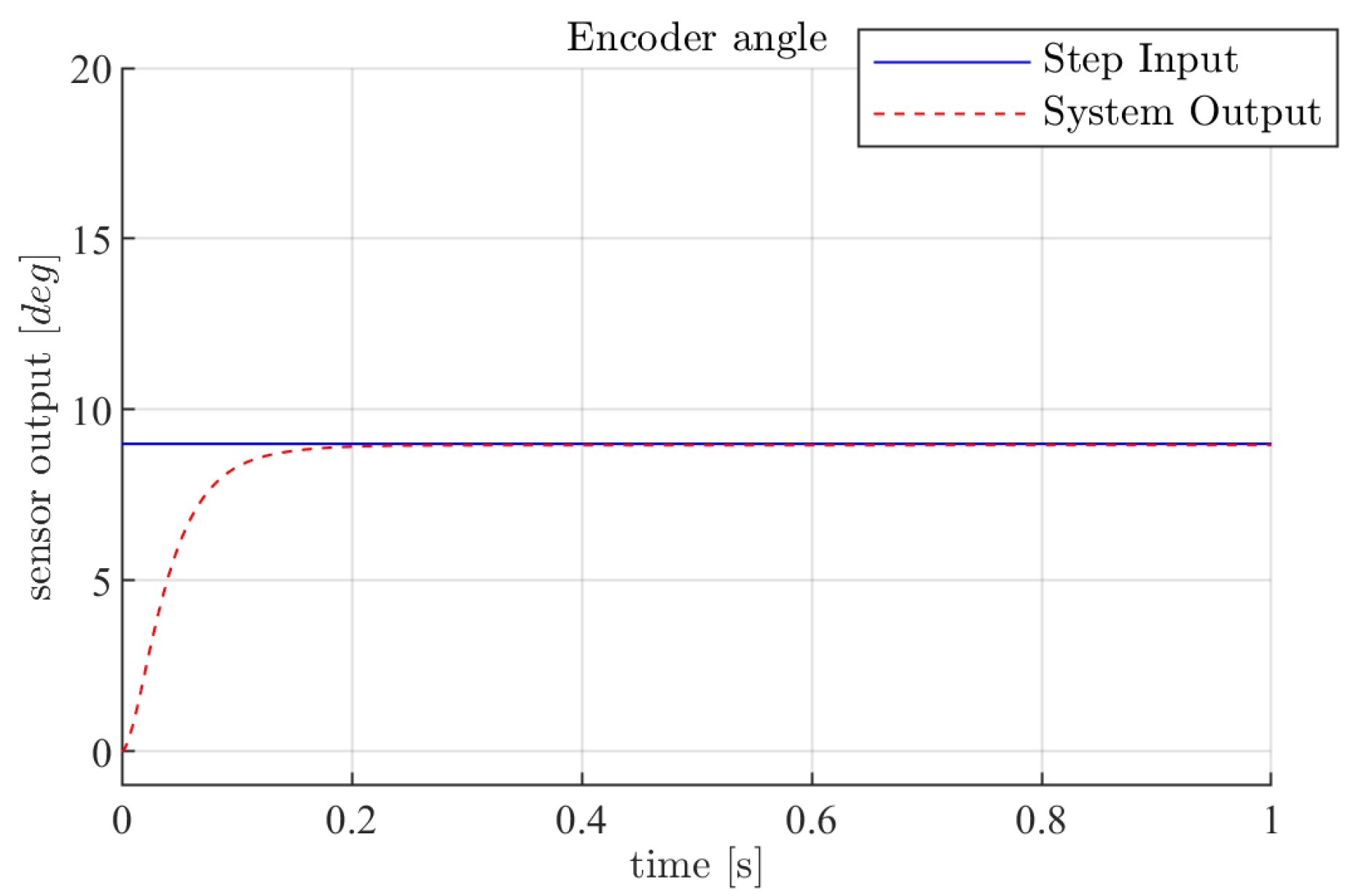

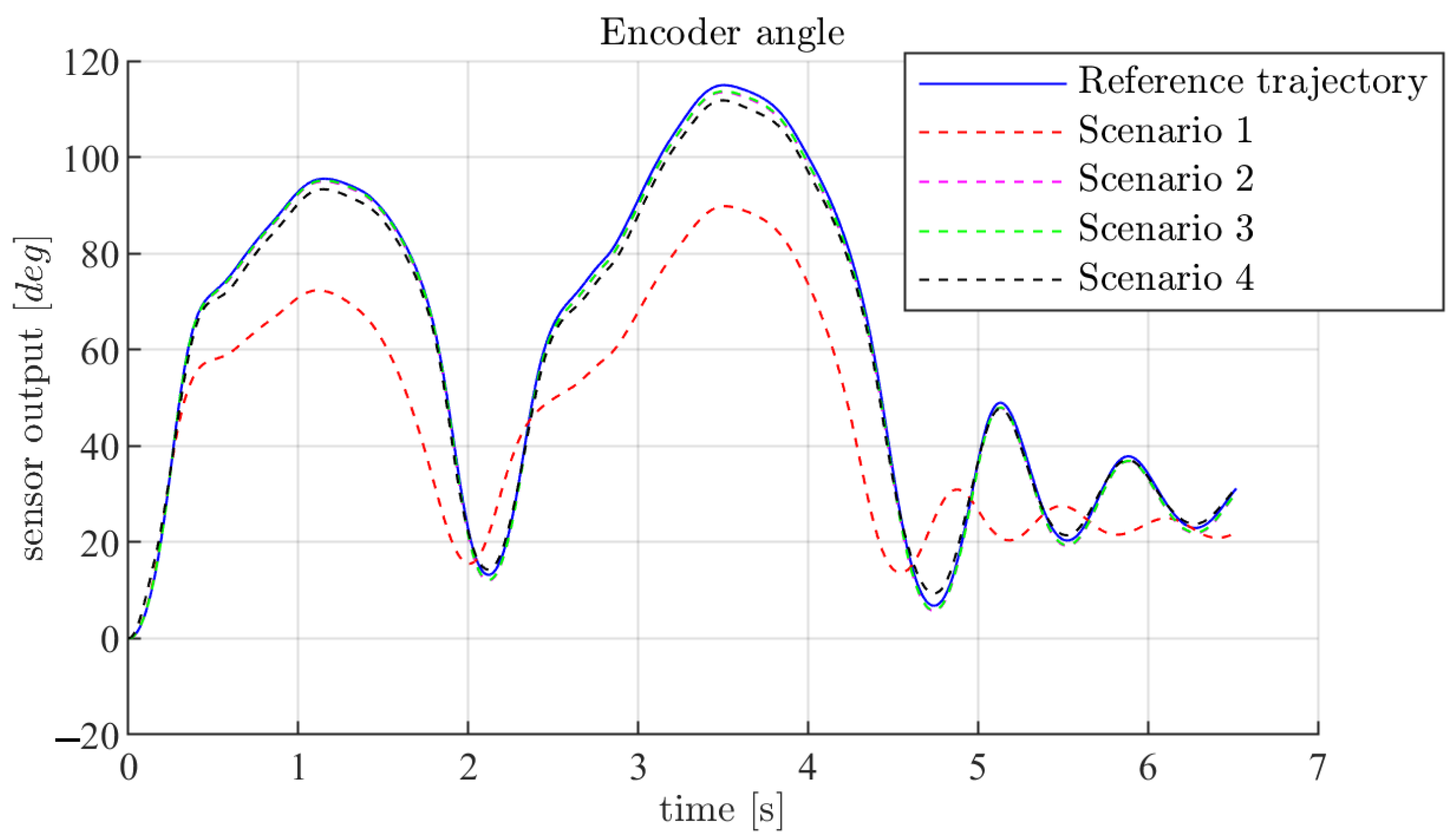
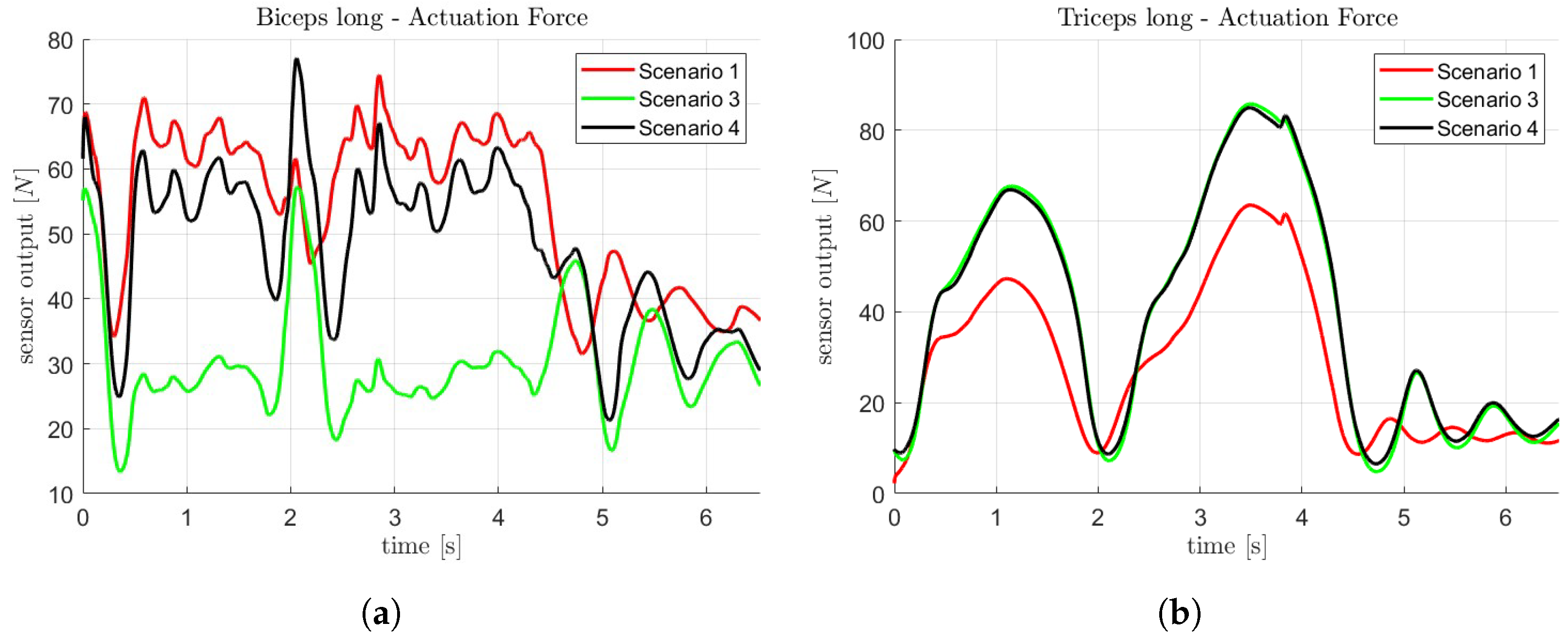
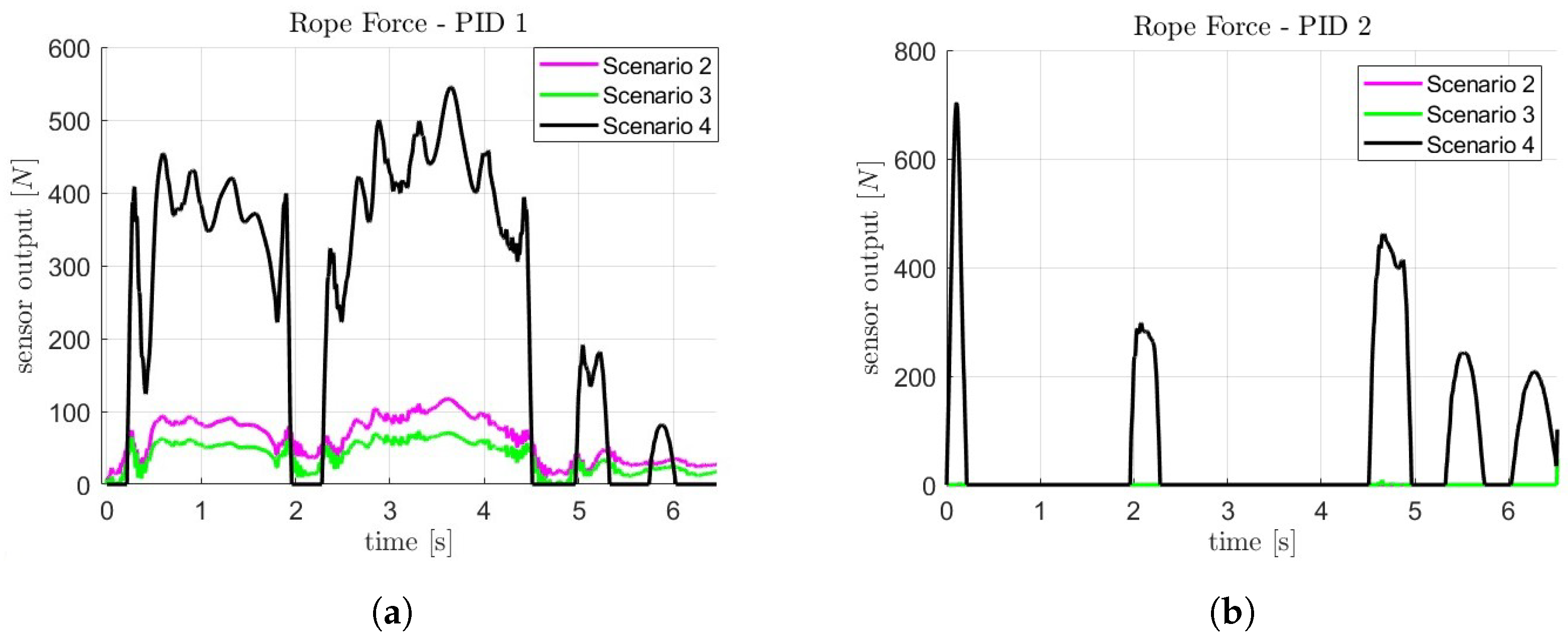
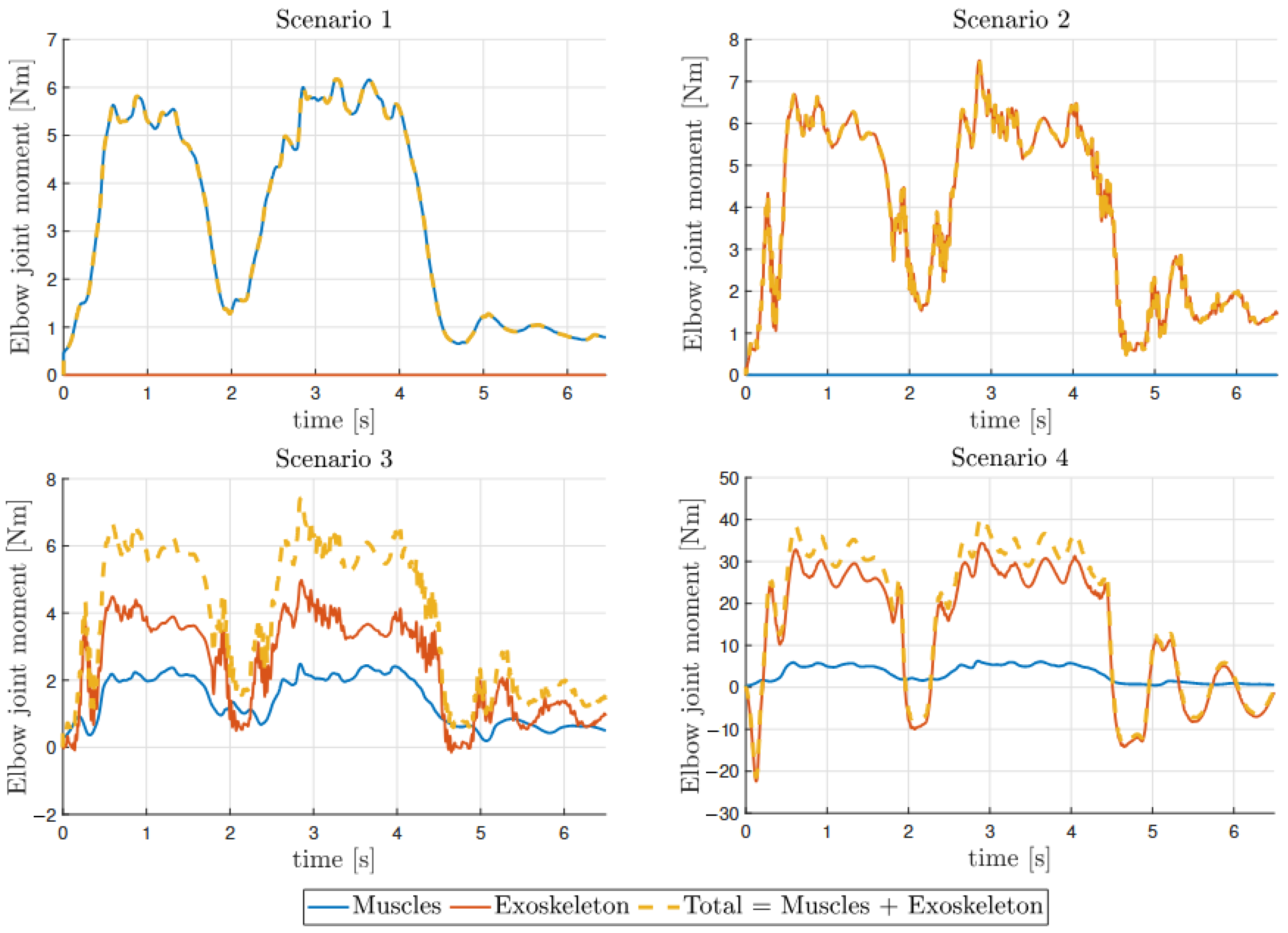
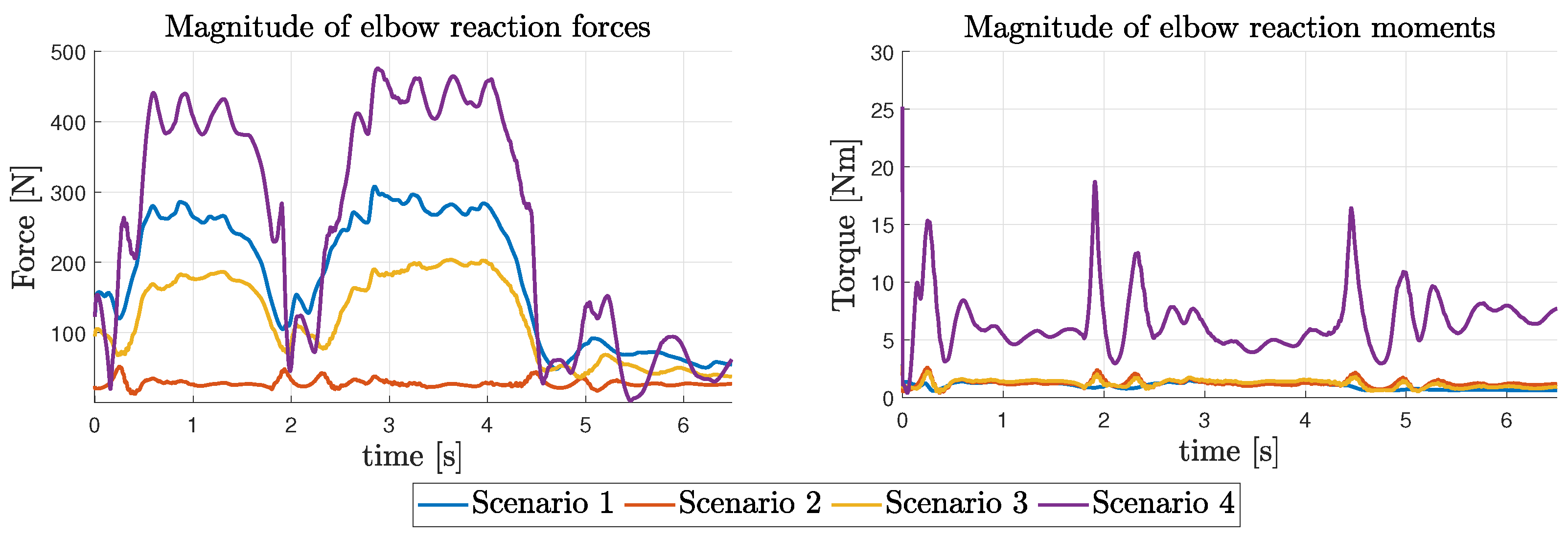
Disclaimer/Publisher’s Note: The statements, opinions and data contained in all publications are solely those of the individual author(s) and contributor(s) and not of MDPI and/or the editor(s). MDPI and/or the editor(s) disclaim responsibility for any injury to people or property resulting from any ideas, methods, instructions or products referred to in the content. |
© 2025 by the authors. Licensee MDPI, Basel, Switzerland. This article is an open access article distributed under the terms and conditions of the Creative Commons Attribution (CC BY) license (https://creativecommons.org/licenses/by/4.0/).
Share and Cite
Adduci, R.; Alvaro, F.; Perrelli, M.; Mundo, D. Virtual Prototyping of the Human–Robot Ecosystem for Multiphysics Simulation of Upper Limb Motion Assistance. Machines 2025, 13, 895. https://doi.org/10.3390/machines13100895
Adduci R, Alvaro F, Perrelli M, Mundo D. Virtual Prototyping of the Human–Robot Ecosystem for Multiphysics Simulation of Upper Limb Motion Assistance. Machines. 2025; 13(10):895. https://doi.org/10.3390/machines13100895
Chicago/Turabian StyleAdduci, Rocco, Francesca Alvaro, Michele Perrelli, and Domenico Mundo. 2025. "Virtual Prototyping of the Human–Robot Ecosystem for Multiphysics Simulation of Upper Limb Motion Assistance" Machines 13, no. 10: 895. https://doi.org/10.3390/machines13100895
APA StyleAdduci, R., Alvaro, F., Perrelli, M., & Mundo, D. (2025). Virtual Prototyping of the Human–Robot Ecosystem for Multiphysics Simulation of Upper Limb Motion Assistance. Machines, 13(10), 895. https://doi.org/10.3390/machines13100895







